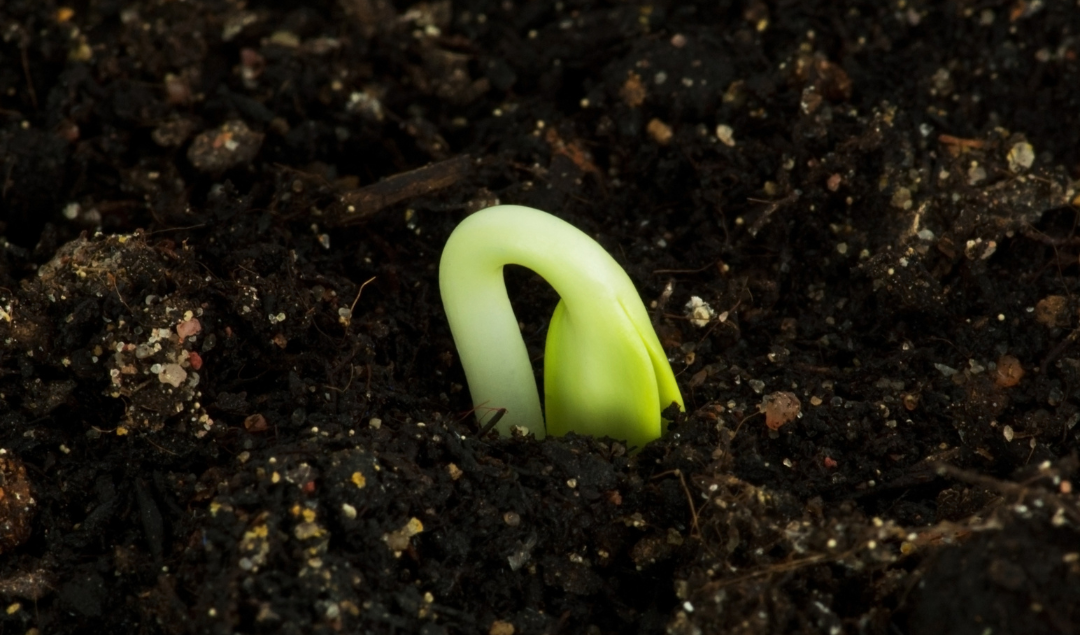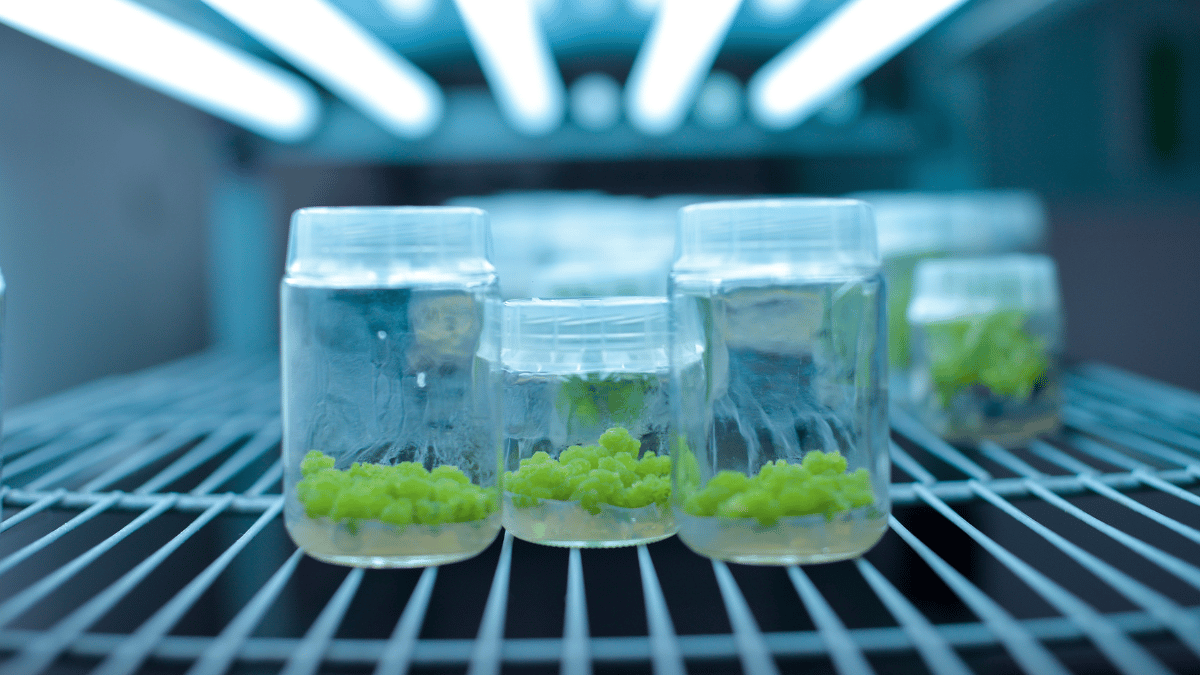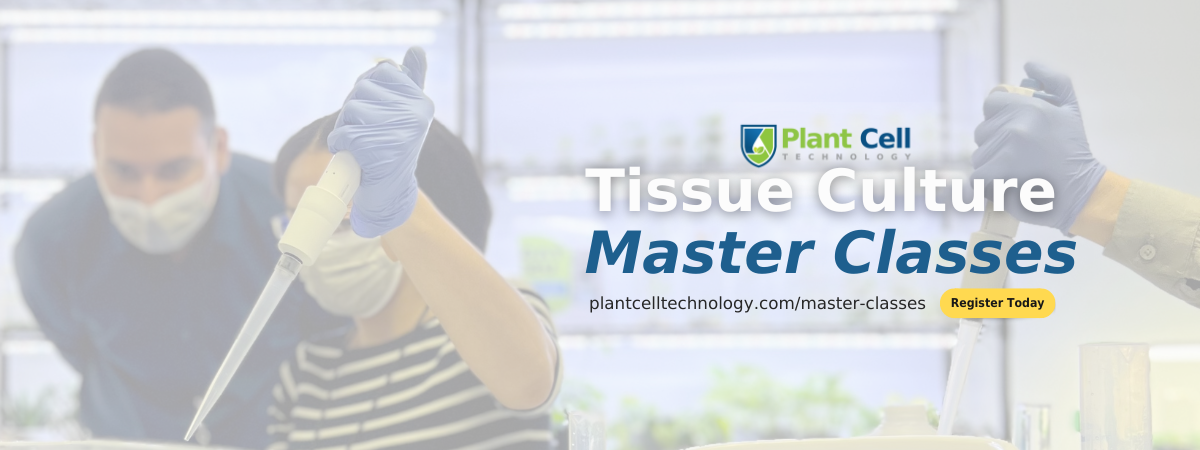
Embryo Rescue: Definition, Techniques, and Applications
As a content and community manager, I leverage my expertise in plant biotechnology, passion for tissue culture, and writing skills to create compelling articles, simplifying intricate scientific concepts, and address your inquiries. As a dedicated science communicator, I strive to spark curiosity and foster a love for science in my audience.


Introduction
Have you ever tried interspecific hybridization in plants?
If you have, you must already know that the majority of embryos abort and the plant development process never makes progress.
Engaging in interspecific hybridization in plants can be a challenging yet fascinating endeavor. Interspecific hybridization involves crossing two different species within the same genus, aiming to combine desirable traits from each parent species. However, this process often encounters a significant hurdle – the high rate of embryo abortion.
When attempting interspecific hybridization, a common observation is that a considerable number of embryos fail to progress through development, leading to a lack of success in obtaining viable plants.
The phenomenon of embryo abortion in interspecific hybridization arises due to genetic and physiological differences between the parent species. These differences can result in incompatible interactions during fertilization and early embryo development, hindering the establishment of a robust and viable plant.
The intricate interplay of genetic factors, reproductive barriers, and developmental pathways contributes to the complexity of this phenomenon.
While interspecific hybridization offers the potential for creating novel plant varieties with combined favorable traits, the challenge lies in overcoming the barriers that lead to embryo abortion. Researchers and plant breeders employ various techniques, including embryo rescue, to salvage and nurture developing embryos, increasing the chances of obtaining successful interspecific hybrids.
By understanding the factors influencing embryo abortion, scientists can refine their approaches, ultimately advancing the field of plant breeding and contributing to the creation of resilient and high-performing plant varieties.
In this article, we explore the techniques of embryo rescue, the factors affecting the process, and why it holds so much importance to plant breeders.

What is Embryo?
Before we understand embryo rescue, let’s strengthen our basics on understanding what an embryo is and the role it plays in the growth and development of a plant.
A plant embryo is the early stage of a developing plant that forms from the fertilized egg cell within a seed. It is the precursor to the mature plant and contains the essential structures that will give rise to the various parts of the plant, including the roots, stems, leaves, and reproductive organs.
The plant embryo typically consists of the embryonic axis, which includes the radicle (future root) and the plumule (future shoot), as well as one or more cotyledons (seed leaves). Under favorable conditions for seed growth, the embryo undergoes activation and initiates the process of germination, eventually developing into a seedling as it emerges from its enclosing structure.
Why is Embryo Rescue Important?
Embryo rescue is an early and successful in-vitro culture technique designed to aid the growth of plant embryos that may face challenges in maturing into viable plants.
It facilitates the cultivation of fragile embryos, particularly those generated through interspecific or intergeneric crosses, enabling their transformation into fully developed plants.
In natural settings, embryos resulting from interspecific or intergeneric crosses often exhibit underdevelopment, rendering them incapable of maturing into plants. In instances of crosses between incompatible plants, embryo abortion is common. Tissue culture methods, such as embryo culture, serve as rescuers for these plants, fostering the growth of diverse hybrid plants.
Some significant applications of embryo rescue include:
- Evaluate the viability of seeds.
- Engage in interspecific and intergeneric breeding of incompatible species.
- Accelerate the breeding cycle of deciduous trees.
- Investigate the physiology of seed germination and development.
- Conduct in vitro clonal propagation of plants, with a focus on conifers and members of the Gramineae family.
- Examine nutrient requirements and morphogenesis.
- Initiate the germination of seeds from obligatory parasites without relying on the host.

Techniques For Embryo Rescue
Embryo culture stands out as a widely employed technique for rescuing embryos, especially in cases where natural development may lead to embryo abortion. In this approach, seeds are harvested from controlled pollination plants before the anticipated embryo abortion. The isolated embryo is then excised under sterile conditions and directly placed on a culture medium, facilitating the development of viable plants.
Embryo culture is categorized into two types based on the developmental stage of the introduced embryo:
- Mature Embryo Culture:
- Description: Involves culturing mature and fully developed embryos under controlled laboratory conditions.
- Application: Employed when embryos face challenges surviving in natural in vivo conditions, exhibit prolonged dormancy or encounter hindrances in seed germination.
- Immature Embryo Culture:
- Description: Used for culturing immature, feeble, or small embryos that struggle to develop into hybrid plants due to endosperm degeneration under natural conditions.
- Alias: Referred to as "embryo rescue," as the cultured embryos are rescued and nurtured to complete plant development.
In addition to embryo culture, other techniques suitable for embryo rescue, particularly for small-seeded plant species or those with young embryos, include ovary and ovule culture.
- Ovary Culture:
- Procedure: Flowers from either pollinated or non-pollinated plants are excised, and the ovary is removed from the pistil. The isolated ovary is then cultured on a nutrient medium to regenerate complete plants. This technique is also referred to as gynogenesis.
- Ovule Culture:
- Procedure: The ovule is isolated from the ovary under aseptic conditions and cultured on a chemically defined nutrient medium in controlled environments. This technique aids in studying the factors that influence the development of a zygote into a mature embryo.
Factors Influencing The Effectiveness of The Embryo Rescue Techniques
Here are the factors that influence the effectiveness of the embryo culture technique:
- Medium Composition: Typically, two types of media, Murashige and Skoog (MS) media or Gamborg’s B-5 media, are commonly employed for embryo culture. However, the supplements in the media may need adjustments based on specific requirements. For instance, high sucrose concentration is suitable for young embryos, while mature embryos thrive in a medium with low sucrose content.
- Culture Time or Embryo Stage: Ideally, embryos should be cultured before reaching the point of abortion. However, obtaining embryos at a very early stage poses challenges, leading to the practice of allowing them to develop in natural or in vivo conditions as much as possible.
- Temperature: The optimal temperature for embryos varies among plant species. Cold-season plants thrive at lower temperatures, while those from warmer seasons prefer higher temperatures.

How Does Plant Cell Technology Help In Your Tissue Culture Endeavors?
Tissue culture, a sophisticated plant propagation technique, becomes easier with practice as you overcome any limitations that may arise.
As you focus on experimenting with tissue culture for your desired plants, Plant Cell Technology ensures to offer all your tissue culture requirements in one place. You don't have to hop from one place to another for your tissue culture chemicals and equipment needs, as we provide a comprehensive range at competitive market prices. Whether you need MS media, solidifying agents, plant hormones, laminar hoods, or Plant Preservative Mixture (PPM) to protect your cultures from contamination, we have everything you need in our store.
Furthermore, we provide consultations for those facing challenges at any stage of their tissue culture endeavors. This gives you the opportunity to directly converse with a tissue culture expert about your issues and receive immediate solutions.
If you are a beginner navigating your way through tissue culture, our comprehensive master classes serve as an excellent resource to educate yourself in the field and kickstart your journey. Our experts cover everything in the class, from basic principles to advanced procedures. Moreover, you get hands-on practice with our instructors to learn the exact execution of experiments and understand the dos and don'ts during the process.
Plant Cell Technology is your one-stop shop for all your tissue culture needs. So, don't wait any longer; explore our products and services here, and feel free to reach out to us at info@plantcelltechnology.com for any queries or concerns.
Blog Categories
View by Level
Popular Blogs

Callus Culture: Definition and Applications
Introduction Tissue culture is not just one technique! Yes, you heard right! As you know, tissue culture is an advanced...
Read More
6 Plant Tissue Culture Books to Keep Learning
Introduction Most of us are fans of books when it comes to learning a topic in detail and in a...
Read MoreSubscribe to Our Newsletter








Join the conversation
Your email address will not be published. Required fields are marked